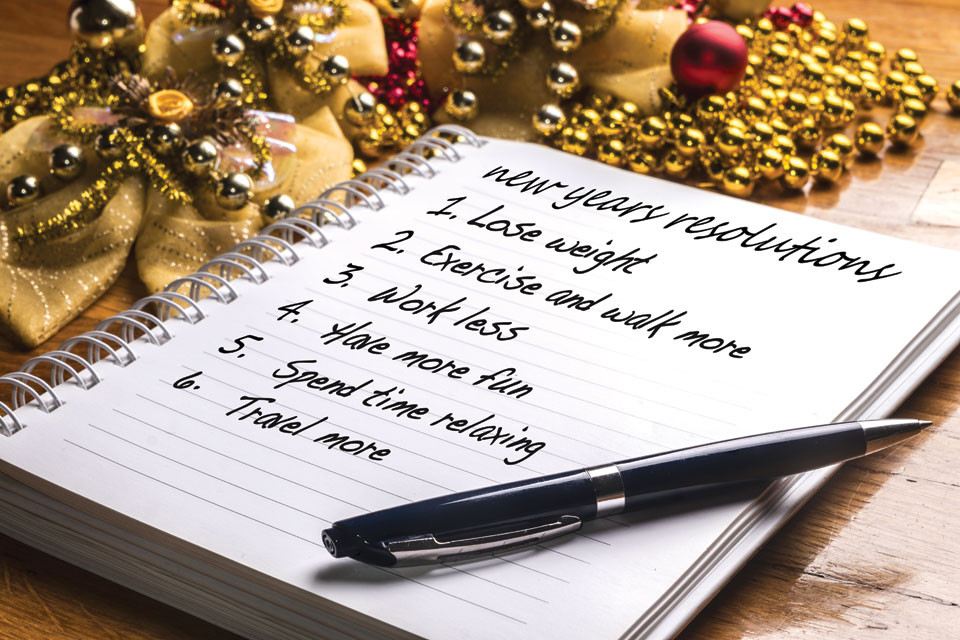
Why wait for one particular day to make a decision, when there are 364 other equally great decision-making days available to you?
Start exercising? Eat healthier? Lose weight? More work/life balance? These are the typical New Year’s resolutions.
These all sound good on the surface, but typically a resolution is based on what you think you should be doing, rather than what you really want to be doing.
And many resolutions are decided upon by looking at other people’s expectations.
Forget about what you or other people think you ought to be doing and look at what you really want.
Over a third of resolutions don’t make it past January and over three quarters are abandoned soon after. The reason? No commitment.
When you want to achieve certain goals, the motivation has to come from inside based on what is important and what matters to you. This is the best way to keep the motivation and commitment going.
Research has shown the older you get the more resolutions are not achieved and often abandoned.
We bite off big chunks that aren’t realistic. In other words, we go from doing nothing to saying we will do everything. This is an impossible way to achieve what you want. You have to have the right mindset. And keep in mind that it is very difficult to change your mindset overnight.
Don’t make commitments based on other people’s expectations; instead, ask yourself, what will make “me” happy?
So here is our advice on how to change what you want to make yourself happy.
Skip the New Year’s resolutions and decide what you should be doing all year long. Real goals are with us every day.
Decide why you want to achieve the goals that you set. Do you want to be healthier, look better in your clothes, feel more energy? You need to define the reason you are setting your goals. Keep a journal. Write down every success and every failure.
It is only when you recognize what you are doing wrong that are you able to change. Don’t make excuses when you fail. Accept that you failed and determine why it happened and move on.
Start small. Once you see small victories, the large ones will follow. For example, if your goal is to lose 30 pounds of weight start by setting your goal to lose 10 pounds over the next four weeks. Once you achieve this you can set your next goal to accomplish the remaining weight you want to lose. This is a more realistic way to achieve your goal.

